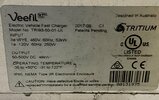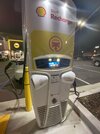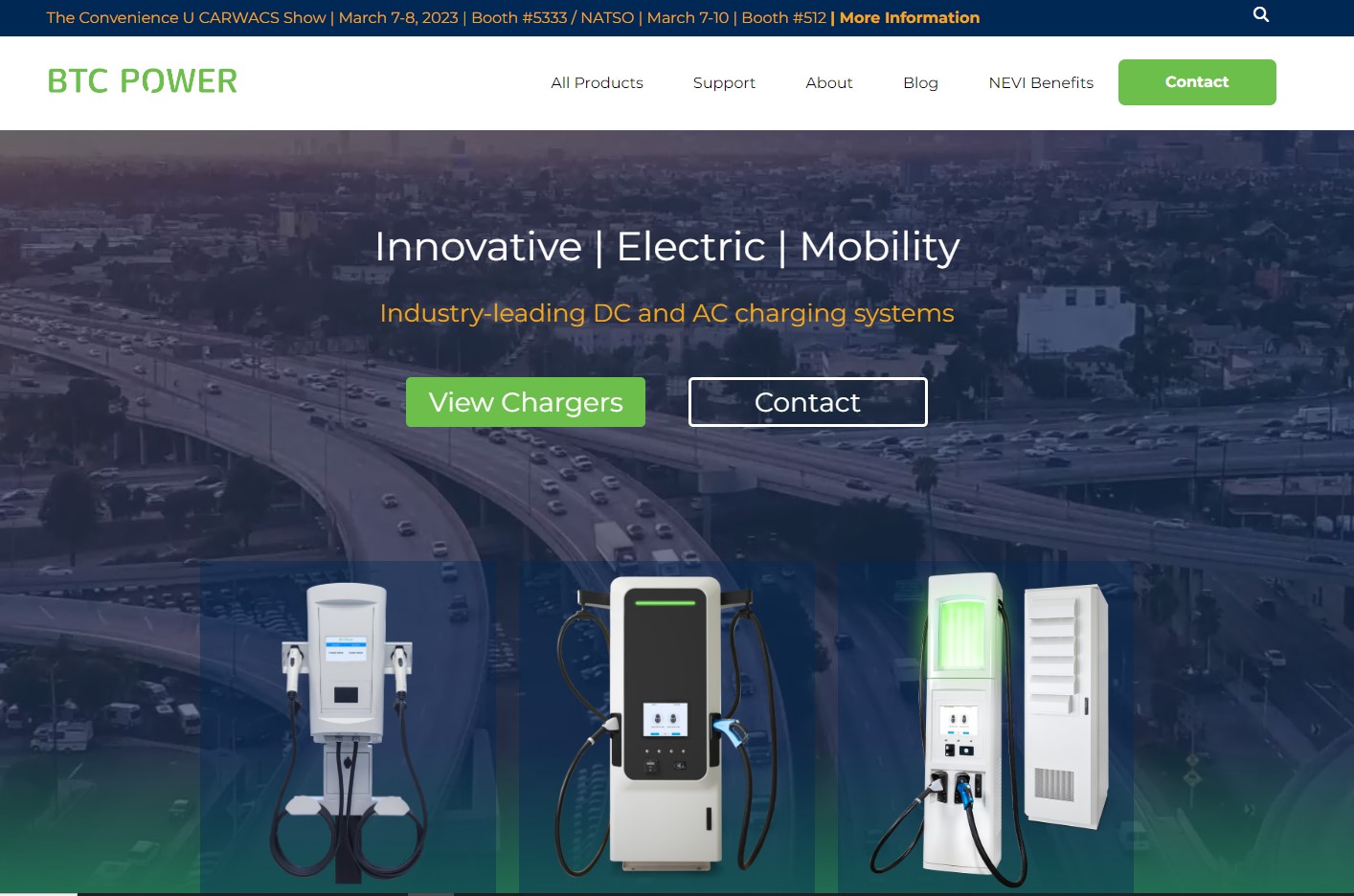Something I'm also noticing about all these EVGo's and EA's whenever (if ever) Tesla should release their CCS1 charging adapter. And another "if" it can reach upwards of 150kW max charging speed:
Not all these DCFC's can push more than 50kW. Most of the ones I've charged at during my testing happen to be older 5+ year old models, and max out at 50kW which sucks, but it is what it is!
If you are asking "if/when Tesla makes the adapter, can it reach upwards of 150 kW charging speed" then technically it is possible with some chargers.
I'll take my "classic" 2018 Model 3 LR as an example here as I know its charging curve.
The classic Model 3 has a 400V battery so will charge at 400V. Power (kW) is calculated by voltage*current, so the current is going to be the rate of charge.
(note that at lower state of charges the battery voltage is slightly lower - Superchargers will bump the current higher to accommodate the lower voltage - but CCS/CHAdeMO chargers have an upper current limit so that is why CHAdeMO/Setec CCS charges slightly slower at lower state of charge unlike Superchargers which charge faster at lower SoC)
The 350 kW charging stations can go up to 1000V with cars that have 800V+ batteries. To get this rate you need an 800V battery, which does not apply to current generation Teslas.
But what a Model 3 CAN go to is 400V, so the charging power is 400V * the max output current.
Take a BTCPower nameplate
On the Output specs, it can go to 1000V DC, but the Model 3 will only ask for 400VDC max.
The charger output can go up to 350A.
400V (requested by Model 3) * 350A = 140,000W or 140 kW,
That is the maximum this charger can go using a Model 3.
Then pull up a Signet nameplate from a few posts above.
Output Power: 200-920 VDC, MAX 500A
400V (requested by Model 3) * 500A = 200,000W or 200 kW.
This is the maximum this charger can theoretically obtain.
The installers however can set an upper charging limit. Likely the installer would have set this to "150 kW" to match the front rating, so it will then be soft limited to 150 kW even though the charger is capable of 200 kW.
Then there of course is the limit on the car and adapter. Tesla if they do release the adapter domestically may have a limit by physical limits of the adapter on how much current the conductors in the adapter can safely take, so they may also restrict the current or power in the Tesla's charging electronics, so it may be limited to lower than the above theoretical limits.
Also note that different models of Tesla may have different battery voltages, with "classic" Model S and X being lower than 400V and hence a lower maximum power given the same charging current. Their charging limit will be (battery voltage)*(charging current).






